DJI Inspire 1: A Comprehensive Teardown and Specs Analysis with FCC ID SS3-GL6581410
Introduction
The Inspire 1 by DJI stands as a testament to cutting-edge drone technology, designed to cater to both amateur and professional aerial photographers. This quadcopter is equipped with advanced functionalities, including a 360-degree camera view and automatic return flight, making it a versatile tool for capturing stunning aerial footage. With its FCC certification under the ID SS3-GL6581410, the Inspire 1 meets the stringent RF emission standards, indicating it is legally compliant for sale and use in the United States. This article delves into the Inspire 1’s key specifications, technology, internal components, and regulatory insights, offering a comprehensive look at what makes this device a leader in the drone market.
Key Features & Specifications
DJI’s Inspire 1 is packed with features that cater to high-performance aerial photography and videography:
Key Features:
– Ground Station Function: Enables precise control and navigation.
– High-Performance Gimbal: Ensures stabilized footage.
– 360-Degree Camera View: Allows for comprehensive scene capture.
– 21mm Bugeye Lens: Offers low optical distortion and high resolution.
– Automatic Return Flight: Enhances safety and ease of use.
– Retractable Landing Gear: Provides an unobstructed camera view.
– HD 4Kp30@60Mbps Video Output: Delivers ultra-clear video quality.
– Hover Assistant: Aids in stable hovering.
Technical Specifications:
– Resolution: 1240M
– Voltage: 22.8V
– Operating Range: 0-2.5m
– Camera Lens: 21mm
– Operating Frequency: 5.728GHz~5.824GHz, 2.400GHz~2.483GHz
– EIRP: 8dBm @5.8G, 20dBm@2.4G
– Field of View (FOV): 94°
– Velocity Range: <8m/s (2m above ground)
– Bluetooth: Present (Details N/A)
– Camera Info: FHD: 1920x1080p24/25/30/48/50/60, UHD: 4096x2160p24/25, 3840x2160p24/25/30, Resolution: 1240M, HD: 1280x720p24/25/30/48/50/60
– Battery: 6S, 4500mAh
Operating Frequencies
The Inspire 1 operates on the following frequencies as detailed in its FCC filing:
| Frequency Range (GHz) | Output Power (mW) | FCC Rule Part |
|---|---|---|
| 2.404-2.462 | 370 | 15CCC1.15.738 |
These frequencies and power levels are crucial for understanding the device’s wireless capabilities, range, and adherence to regulatory standards, vital for technologies like Wi-Fi and Bluetooth.
Technology Deep Dive
The Inspire 1 employs primary wireless technologies, including Wi-Fi and Bluetooth, to facilitate robust communication and control. Operating within the 2.4GHz and 5.8GHz bands, the drone ensures reliable connectivity for remote control and video transmission. These frequencies are commonly used in consumer electronics for their balance of range and data throughput. The device’s performance benefits from efficient power consumption and reduced interference, crucial for maintaining stable flight and high-quality video capture.
In-Depth Internal Component Analysis / Teardown
The following images provide a detailed look at the internal components of the Inspire 1, revealing the sophisticated engineering behind this advanced drone.
Internal Component Analysis:
-
The first image reveals a densely populated PCB with several integrated circuits (ICs) likely responsible for control functions and RF communication. The absence of visible shielding suggests reliance on the device casing for EMI protection.
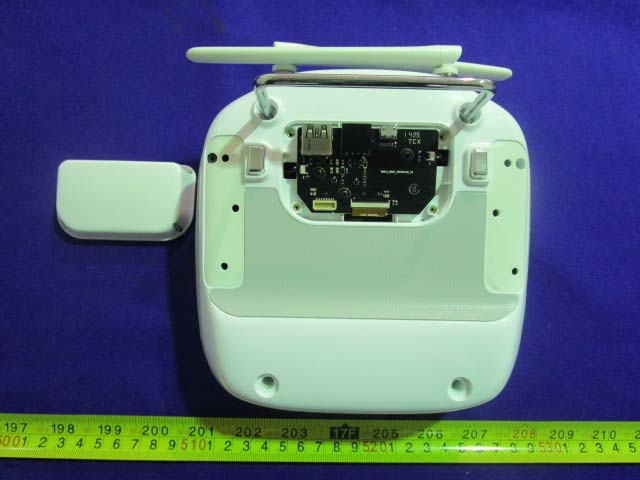
Main PCB with high-density ICs and connectors. -
This image highlights a PCB with a central processor, possibly an SoC, surrounded by smaller ICs for memory and RF tasks. The lack of visible shielding indicates a design optimized for modularity.
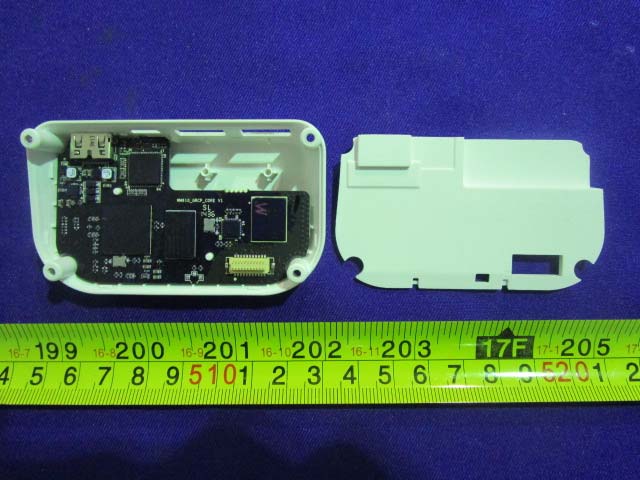
Processor-centric PCB with USB and FPC connectors. -
The third image shows a multi-layer PCB with visible part numbers on ICs, likely including a processor and RF transceivers. Connectors suggest integration with other components, emphasizing modularity.
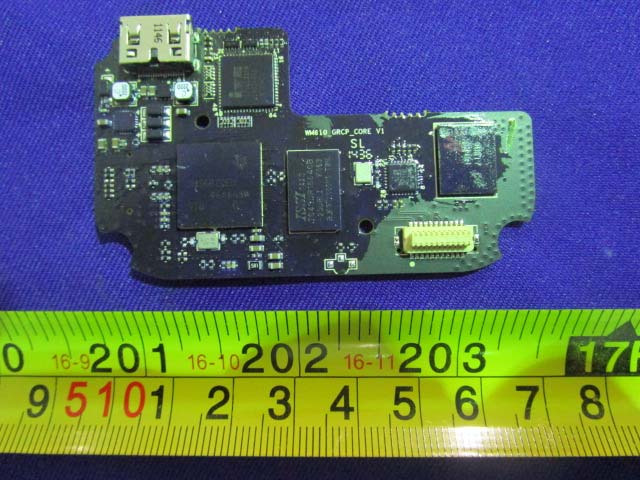
PCB with processor and connectors for modular integration. -
This PCB showcases FPC connectors and test points, indicating a sophisticated design for signal integrity and power distribution. The absence of shielding suggests external protection.
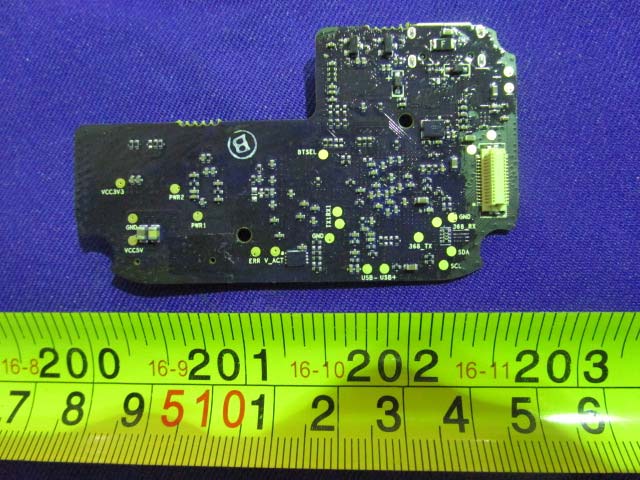
PCB with FPC connectors and test points for signal integrity. -
A simpler PCB with USB and micro USB connectors suggests an interface or control function, likely part of a larger system. The absence of RF components indicates a supporting role.
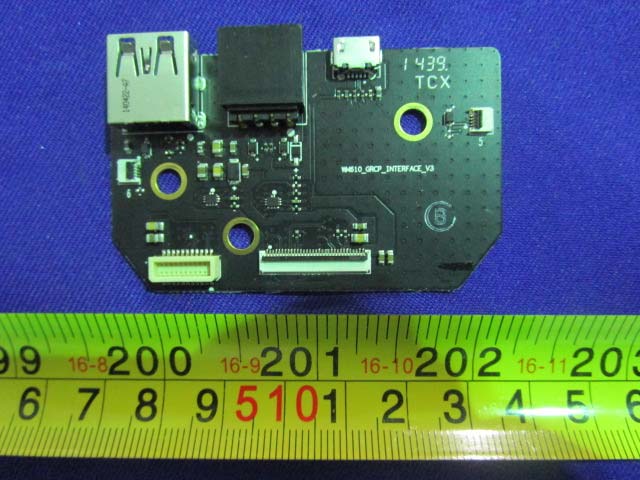
Interface board with USB connectors for peripheral connections. -
This image shows a PCB with central processing units and RF transceivers, covered with metal shields for EMI protection, crucial for reliable communication.
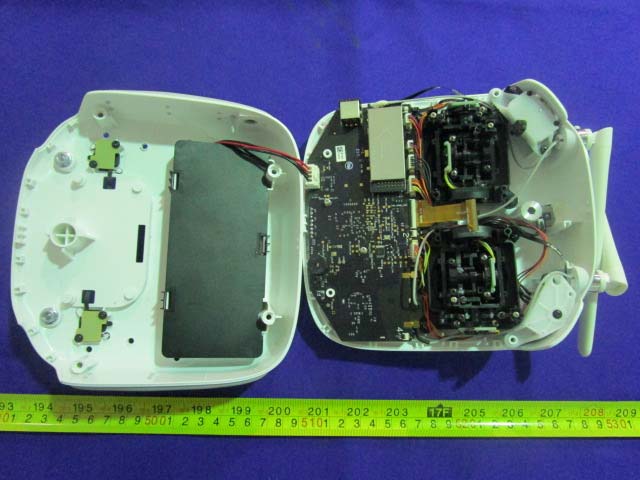
PCB with RF components under metal shielding for EMI protection. -
The image highlights a PCB with a large shielded section and joystick mechanisms, indicating a controller function with a focus on communication and control.

Controller PCB with joystick mechanisms and shielded RF components. -
Featuring a fan and shielded RF section, this PCB suggests a high-performance processor for video or communication tasks, with active cooling for thermal management.
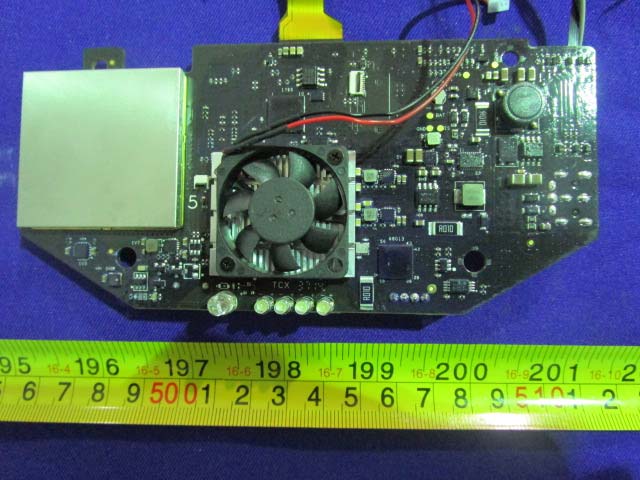
High-performance PCB with fan and shielded RF section. -
A PCB with a central SoC and RF shielding indicates robust processing and communication capabilities, essential for the Inspire 1’s operation.
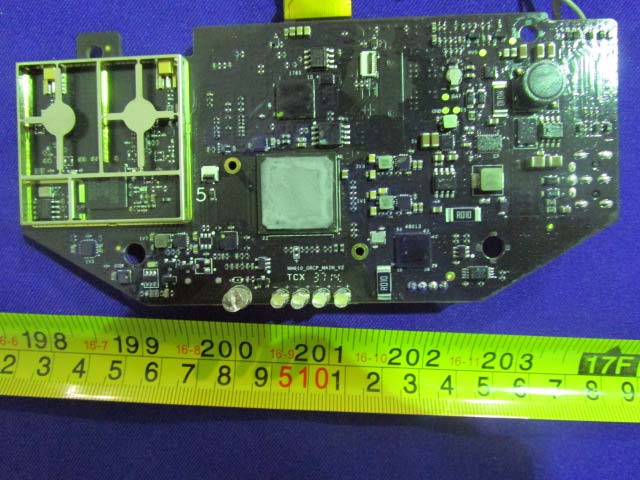
PCB with central SoC and RF shielding for robust processing. -
This image shows a PCB with RF components and antenna connections, highlighting the device’s focus on communication and signal integrity.
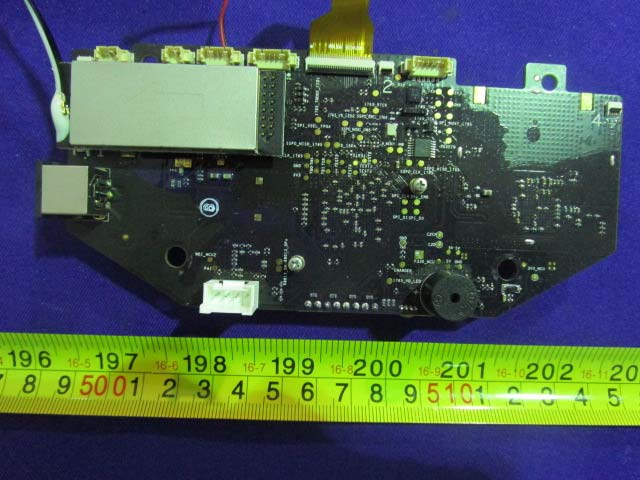
RF-focused PCB with antenna connections and shielding. -
The presence of a labeled ‘5.8G’ area on this PCB indicates specialized RF communication, crucial for remote control or video transmission.
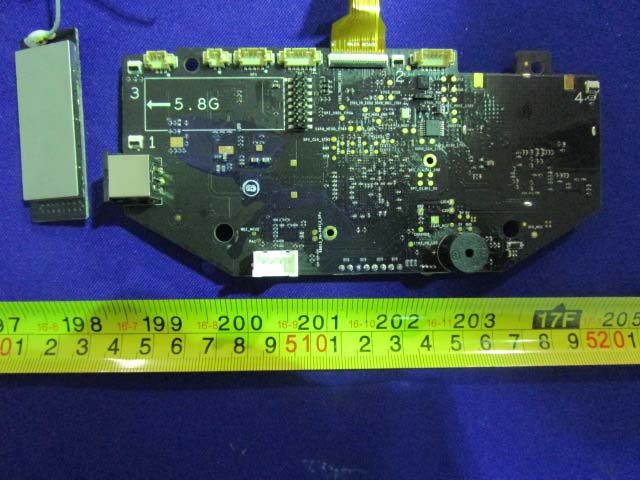
PCB with ‘5.8G’ RF section for specialized communication. -
A high-density IC on this PCB suggests an RF transceiver for drone communication, with EMI shielding for signal integrity.

PCB with RF transceiver and EMI shielding for signal integrity. -
This PCB features a coaxial cable for RF connection, indicating a focus on communication with EMI shielding for performance.
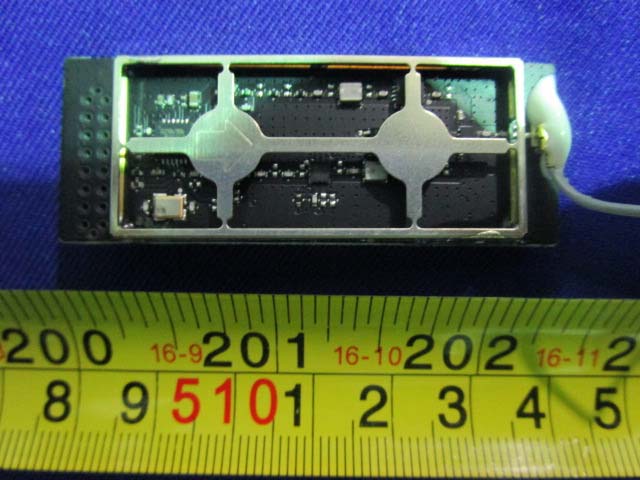
PCB with coaxial cable and EMI shielding for RF communication. -
The final image shows a PCB with a wire antenna and ‘5G’ marking, suggesting high-frequency communication capabilities.
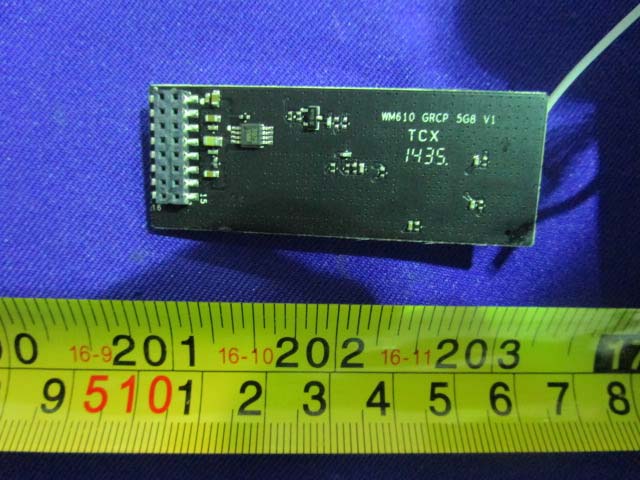
PCB with ‘5G’ marking and wire antenna for high-frequency communication.
Regulatory Insights & FCC Filing
The Inspire 1’s FCC ID SS3-GL6581410 signifies its compliance with US standards for electromagnetic interference, ensuring it is safe and legal for use. While the grant date is not listed, the registration on FCC.gov confirms its adherence to RF exposure and EMC standards. FCC filings typically include test reports, photos, manuals, and schematics, providing detailed insights into the device’s technical and regulatory compliance.
Potential Use Cases & Target Audience
The Inspire 1 is ideal for professional photographers and videographers seeking high-quality aerial footage. Its 21mm bugeye lens offers low distortion and high resolution, perfect for capturing stunning landscapes. The advanced flight controller ensures stable performance, making it suitable for commercial applications such as real estate photography or event coverage. Additionally, the retractable landing gear and 360-degree camera view cater to creative filmmakers looking for unobstructed shots.
Conclusion
The DJI Inspire 1, with its FCC certification under ID SS3-GL6581410, stands out as a sophisticated drone offering advanced features and robust performance. Its compliance with regulatory standards ensures safe and reliable operation, making it a valuable tool for both amateur and professional users. As a testament to DJI’s engineering prowess, the Inspire 1 continues to set the standard in the drone industry, blending high-quality video capture with cutting-edge technology.